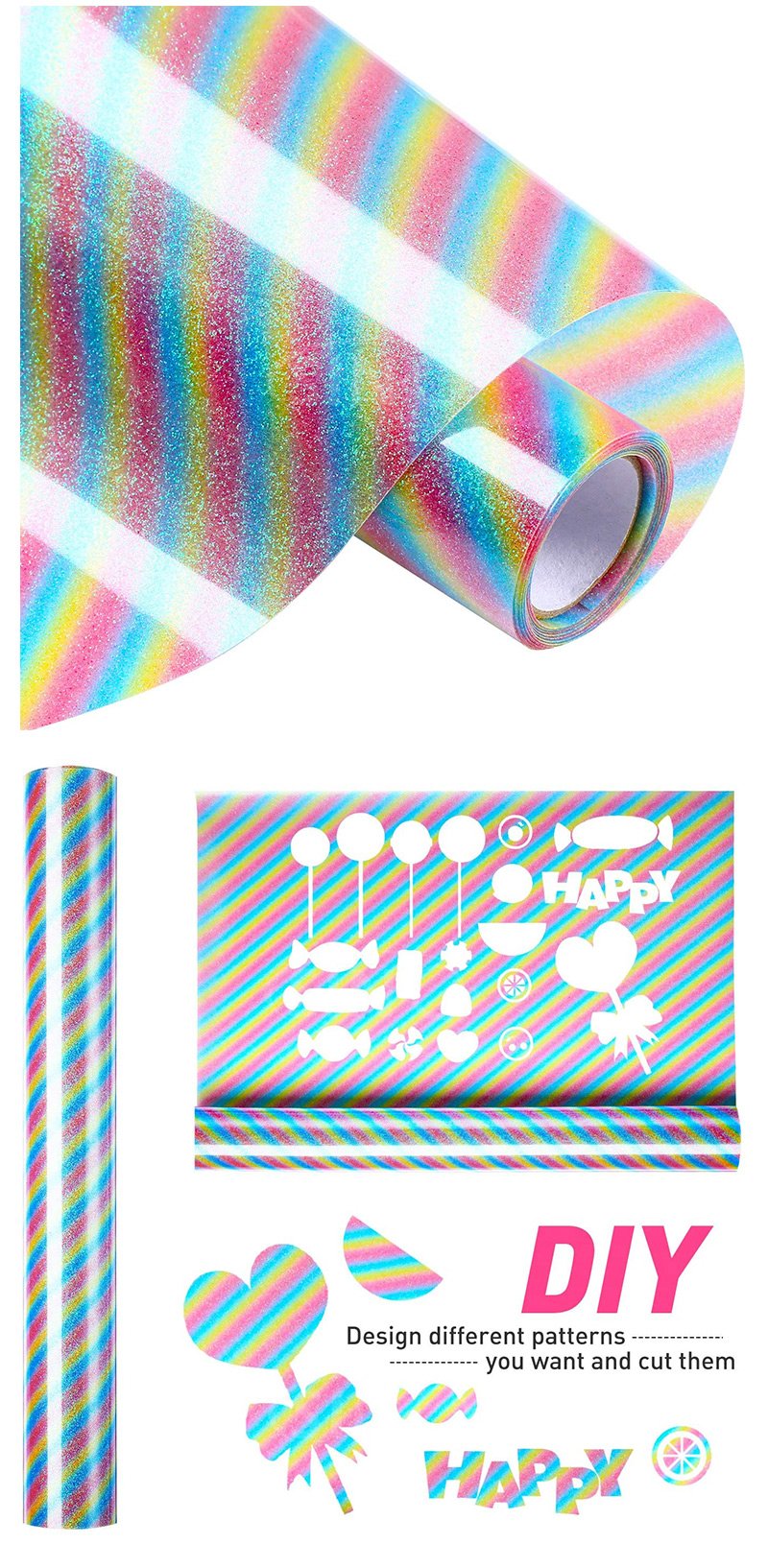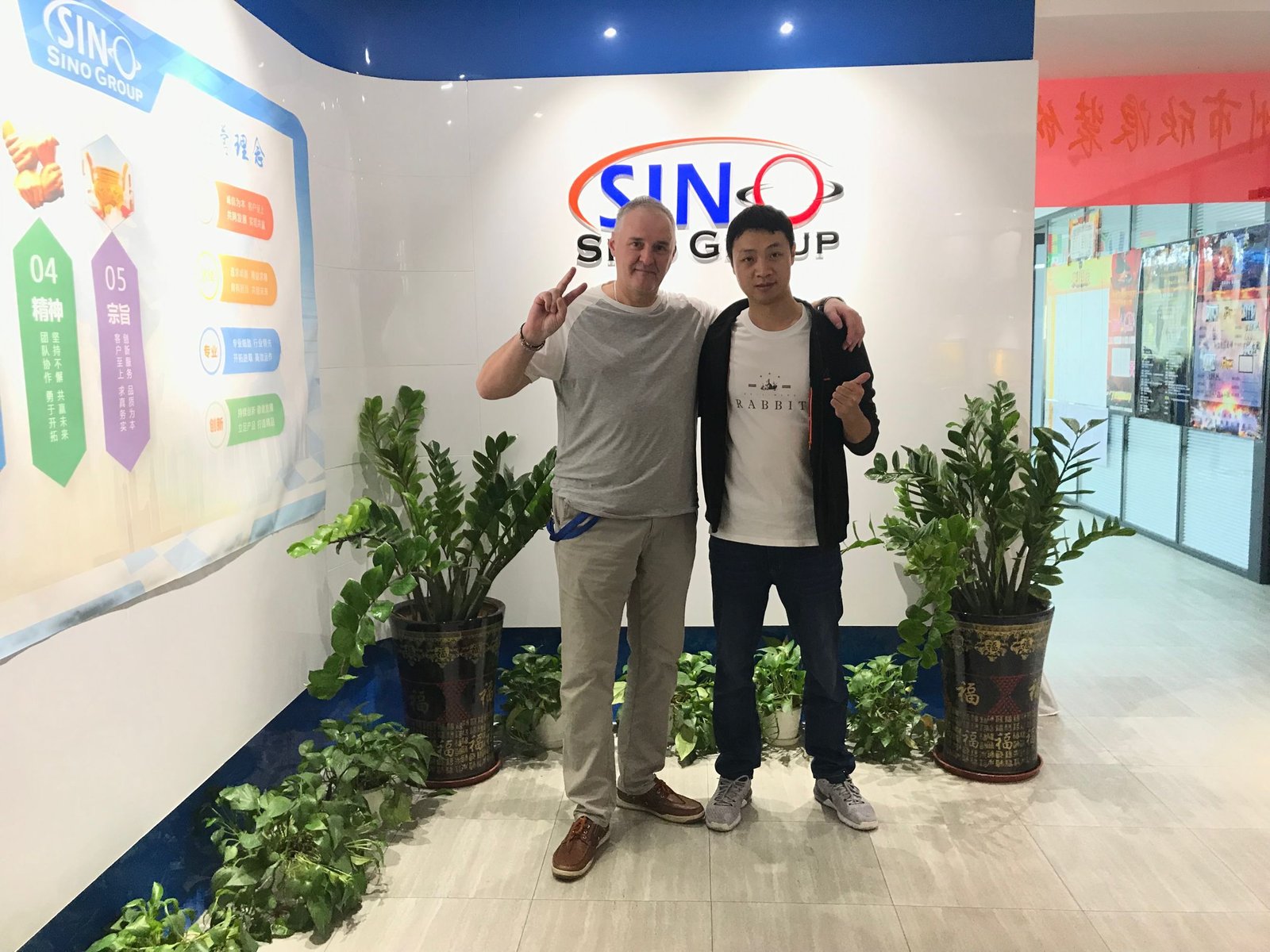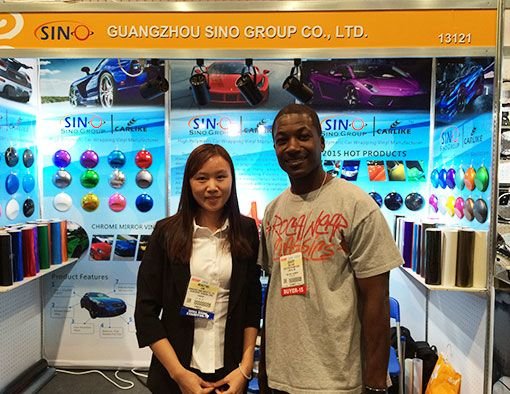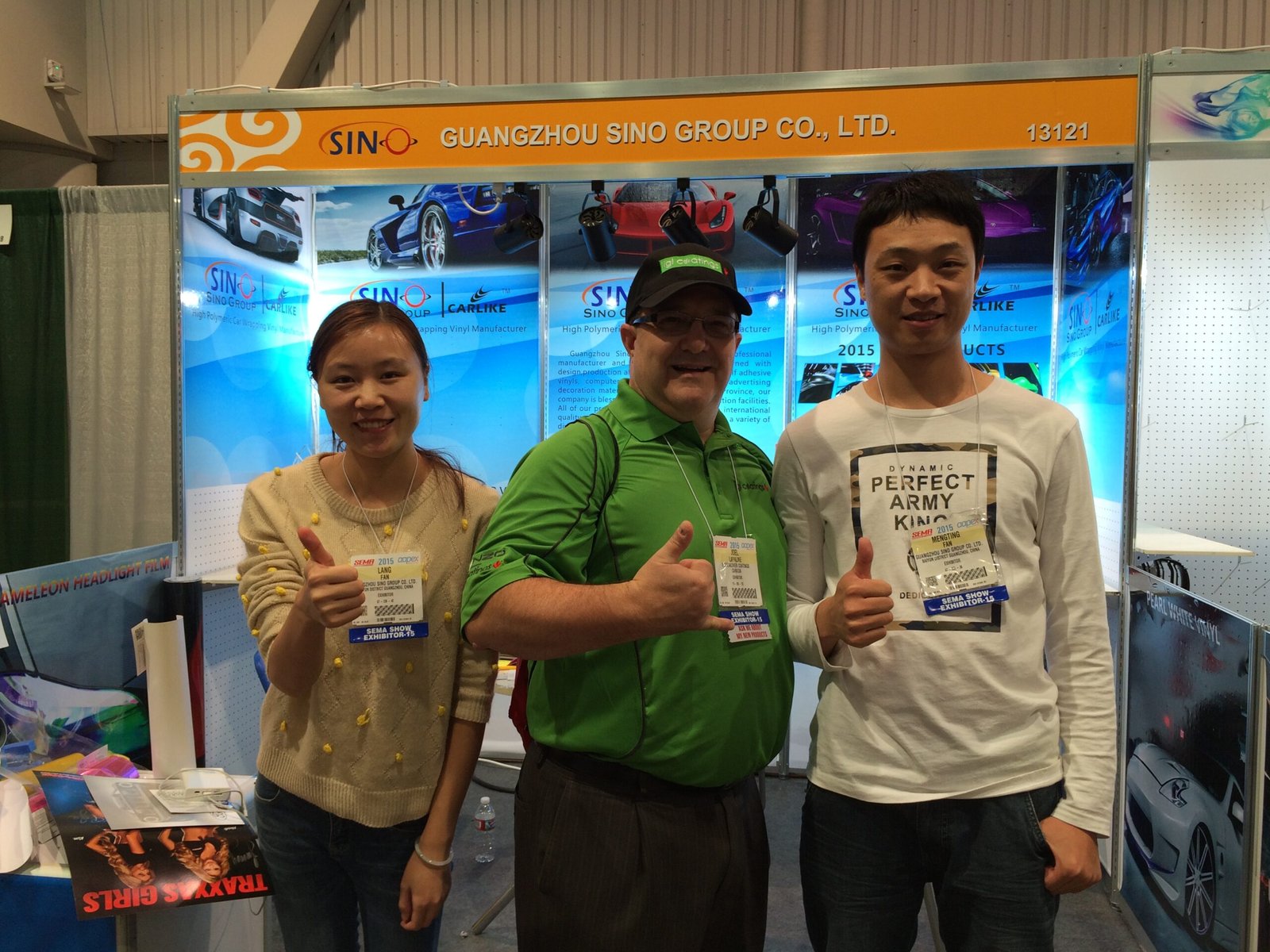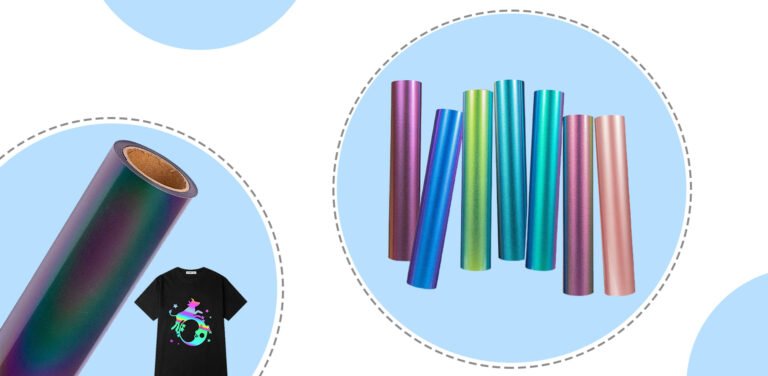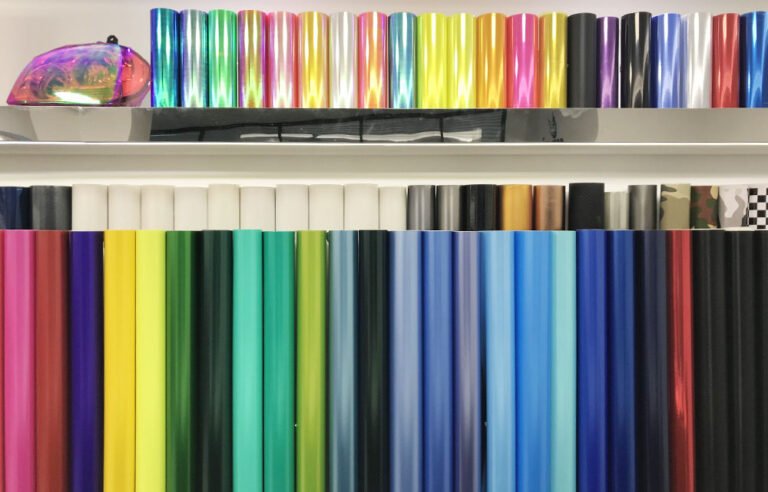What Factors Determine the Optimal Temperature Range for Glitter HTV?
The optimal temperature range for applying glitter heat transfer vinyl (HTV) is influenced by various factors that impact the adhesive activation, bonding process, and final appearance of the transfer. Here are the key factors that determine the optimal temperature range for glitter HTV:
1. Vinyl Composition
The composition of the glitter HTV, including the types of adhesives and glitter particles used, can affect the temperature range required for proper bonding. Various vinyl compositions can react distinctively to heat, necessitating precise temperature thresholds for achieving the best possible outcomes.
2. Fabric Type
Different fabrics have varying heat sensitivity. Natural fibers like cotton and synthetic fibers like polyester have different melting points and heat resistance. The type of fabric you’re applying the glitter HTV to will influence the temperature range needed to avoid fabric damage while ensuring proper adhesion.
3. Manufacturer Recommendations
The manufacturer of the glitter HTV typically provides guidelines for the recommended temperature range for application.
4. Adhesive Activation
The adhesive on the back of the glitter HTV needs to reach a certain temperature to become tacky and adhere to the fabric. Too low a temperature might result in inadequate adhesion, while too high a temperature might damage the adhesive or the fabric.
5. Glitter Particle Sensitivity
Glitter particles within the HTV can be sensitive to high temperatures, potentially losing their shine or distorting their appearance if exposed to excessive heat. The optimal temperature range should preserve the aesthetics of the glitter while ensuring proper adhesion.
6. Application Method (Heat Press vs. Iron)
The type of heat application method you’re using can affect the temperature range. Heat press machines typically provide more precise temperature control compared to regular household irons, enabling finer adjustments to be made within the ideal temperature range.
7. Layering Considerations
If you’re layering multiple colors or pieces of glitter HTV, you need to consider how the layers will interact at different temperature settings. Layering might require adjustments to the temperature range to ensure proper bonding between layers.
8. Testing and Experimentation
While manufacturer recommendations are helpful, experimentation on scrap fabric can help you fine-tune the temperature settings for your specific setup.
9. Environmental Factors
Ambient temperature and humidity levels in your workspace can also influence the effectiveness of heat transfer. Extreme temperature conditions might require slight adjustments to the recommended temperature range.
10. Desired Results
The final appearance you want to achieve also affects the optimal temperature range. Higher temperatures might result in more secure adhesion, while lower temperatures might yield a softer feel to the vinyl.
To sum up, finding the right temperature range for effectively applying glitter HTV involves considering a mix of elements such as the composition of the vinyl, the type of fabric, guidance from the manufacturer, the activation demands of the adhesive, sensitivity of glitter particles, chosen application method, layering prerequisites, experimentation, and the envisioned outcome. Experimentation and careful consideration of these factors will help you find the temperature range that results in successful and visually appealing transfers.
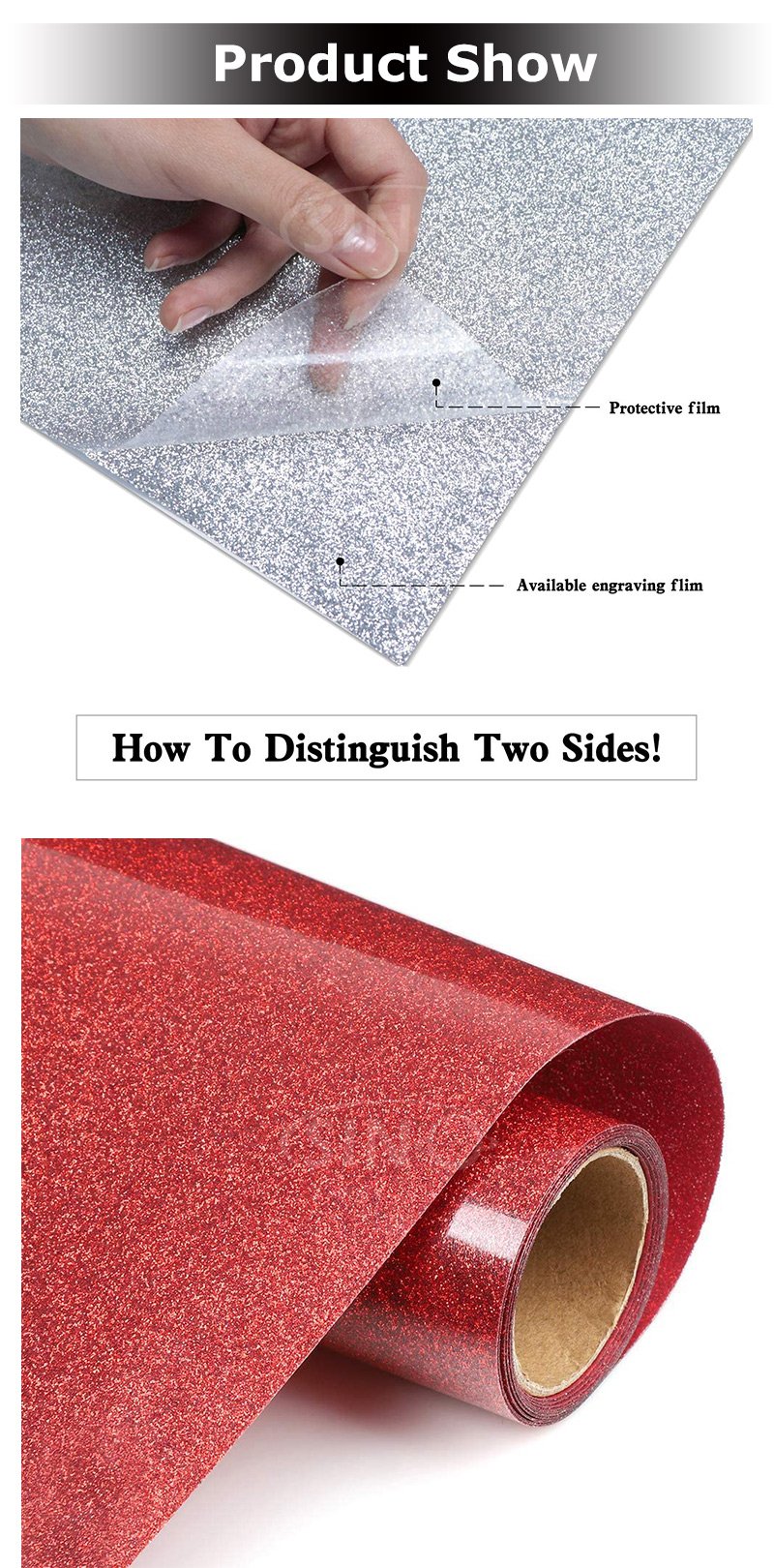
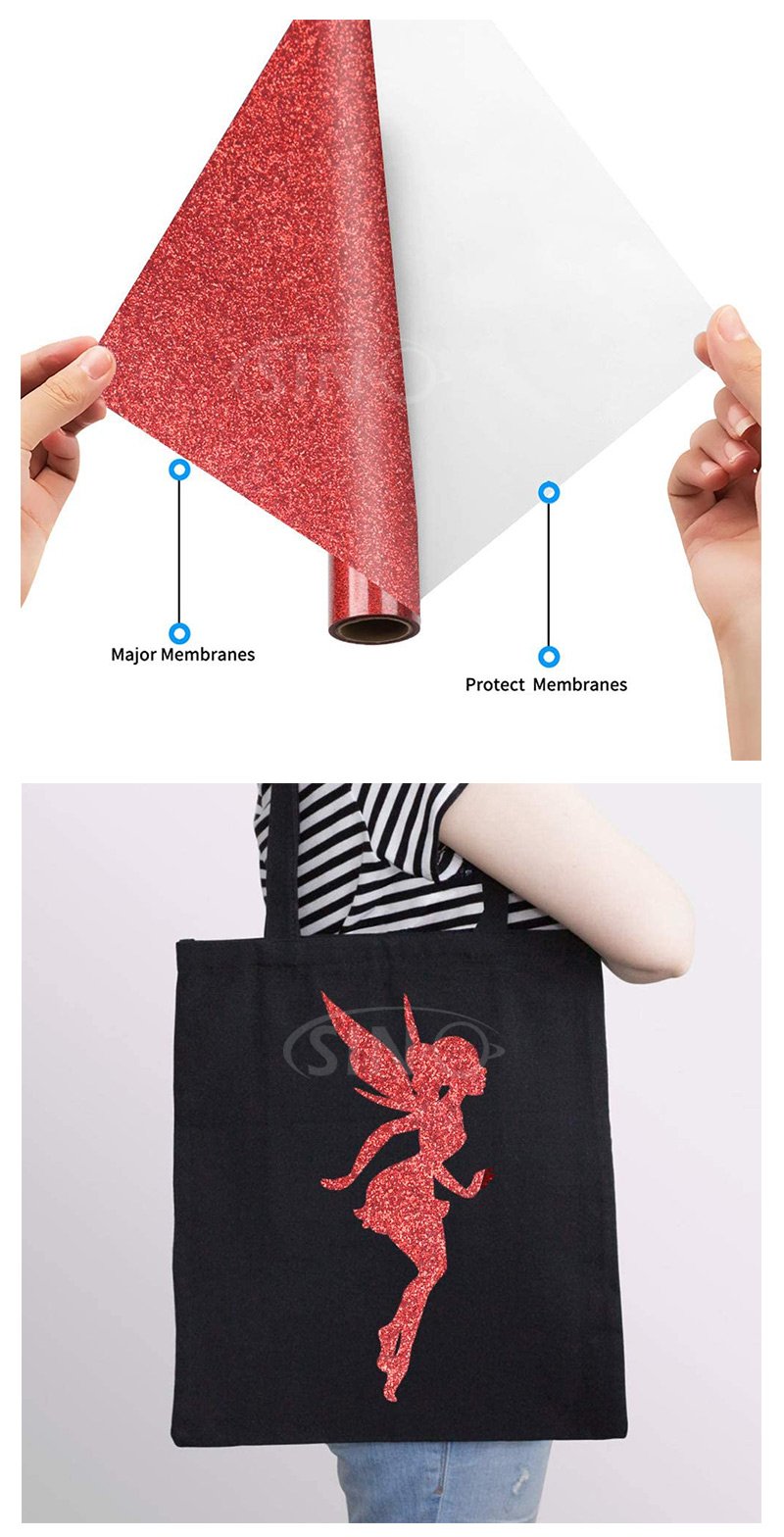
Heat Press vs. Home Iron: Which Temperature Control Method Prevails?
When it comes to applying glitter heat transfer vinyl (HTV) onto fabrics, the choice between using a heat press machine and a home iron can significantly impact the final outcome. Let’s delve into the comparison of these two temperature control methods to determine which one prevails in the realm of glitter HTV application.
Heat Press: Precision and Consistency
A heat press machine is a specialized device designed explicitly for applying HTV and other heat transfers. One of its standout features is its precise temperature control. Most heat press machines allow users to set and monitor the exact temperature needed for the vinyl to adhere optimally to the fabric, which control ensures consistency, reducing the likelihood of overheating or underheating, which can compromise the transfer’s quality and longevity.
Advantages:
1. Accurate Temperature Settings:
Heat press machines typically come equipped with digital temperature controls that allow for precise adjustments, which accuracy is crucial, especially when working with glitter HTV, which requires specific temperature ranges for effective adhesion.
2. Even Heat Distribution
Heat press machines offer uniform heat distribution across the entire press surface.
3. Time Efficiency
Heat press machines often provide a timer function, making it easier to monitor the duration of the transfer.
Home Iron: Versatility with Limitations
While a home iron is a more common household tool, it can also be used for applying glitter HTV. Most home irons have limited temperature settings and lack the precision required for specialized heat transfers like glitter HTV.
Advantages:
1. Accessibility
Almost everyone has a home iron, making it a readily available tool for DIY projects without the need for specialized equipment.
2. Portability
A home iron is portable and easy to store, making it a convenient option for occasional crafters or small-scale projects.
Limitations:
1. Limited Temperature Control
Many home irons have a few temperature presets, making it difficult to precisely match the optimal temperature range recommended for glitter HTV, which can lead to challenges in achieving proper adhesion.
2. Uneven Pressure
Unlike heat press machines that provide consistent pressure across the entire surface, achieving uniform pressure with a home iron can be more challenging. Uneven pressure can result in incomplete or uneven transfers.
3. Inconsistent Results
Due to the lack of temperature accuracy and even pressure, achieving consistent and professional results with glitter HTV using a home iron can be more difficult.
The Verdict: Heat Press Prevails for Glitter HTV
When it comes to working with glitter heat transfer vinyl, the heat press machine undoubtedly prevails as the superior temperature control method. Its ability to provide precise temperature settings, even heat distribution, and consistent pressure results in more reliable and high-quality transfers. While a home iron can be used for smaller projects, the limitations in temperature control and pressure distribution make it a less favorable choice for achieving professional-grade results with glitter HTV. Therefore, investing in a heat press machine is a wise choice for those seeking optimal outcomes and long-lasting designs when working with glitter HTV.
